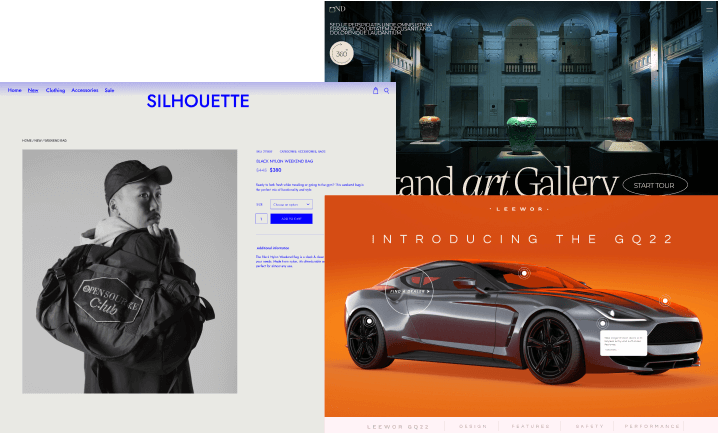In web development, server-side involves everything that happens on the server, including rendering dynamic webpages, interacting with databases, identity authentication, and push notifications. Sever-side is the system that runs on the server, while the client-side is the software that runs on a user’s web browser.
In other words, server-side web development is about working behind the scenes to manage data. On the other hand, the client-side involves interactivity and displaying data.
Server-Side VS Client-Side
Client-side and server-side are web development terms that describe where application code runs.
A complete understanding of what server-side software developers do involves knowing how a website works. The client-side of a website is simply a collection and display platform for information.
The site communicates with web servers, using them to retrieve and send data from databases to provide users with the services they need. Server-side developers work behind the scenes designing, building, and maintaining the server-side code that makes this data exchange possible.
These programmers ensure that everything runs as it should on the application servers. They typically master server-side languages such as SQL, Python, Ruby on Rails, Java, and PHP. The browser on the client-side interprets markup languages like CSS and HTML. Client-side processes are nearly always written in JavaScript.
Using Server-Side Today
By hosting all processes on the server-side, every request must move from the client to the server. This process introduces a significant amount of latency. That is, requests can slow down the user experience, place more load on the server, and prevent application use if the server connection is lost.
Therefore, for real-time dynamic webpages such as modern web applications, many developers now run client-side methods in their application architecture as business logic. This shift from performing everything on the server-side involves running scripts inside the browser that change the content a user sees.




